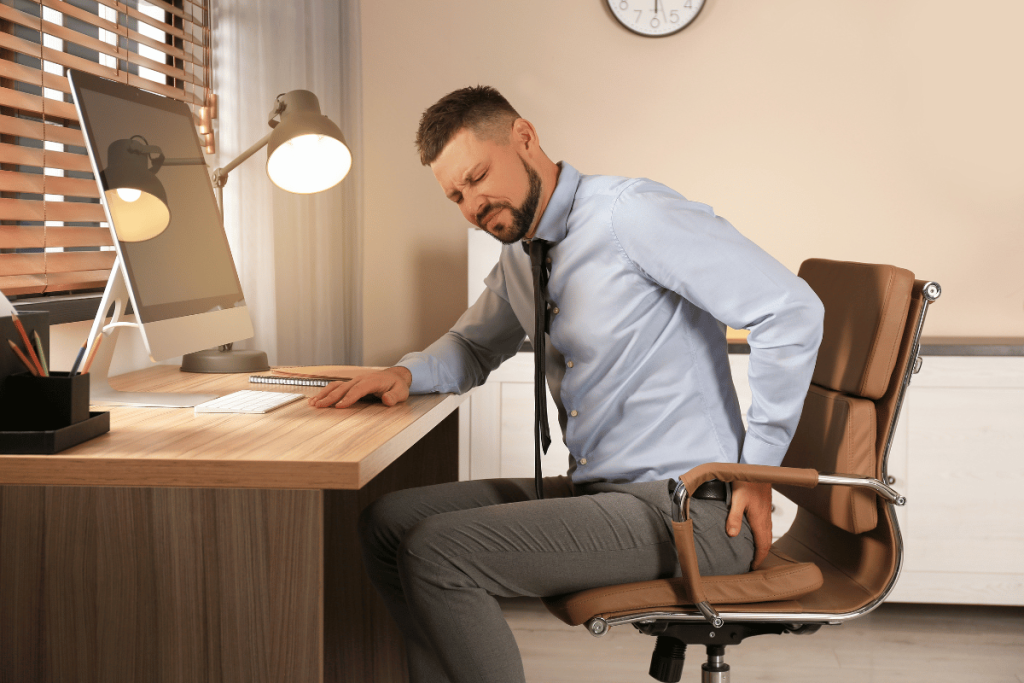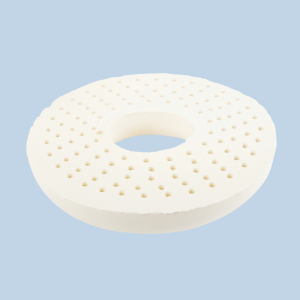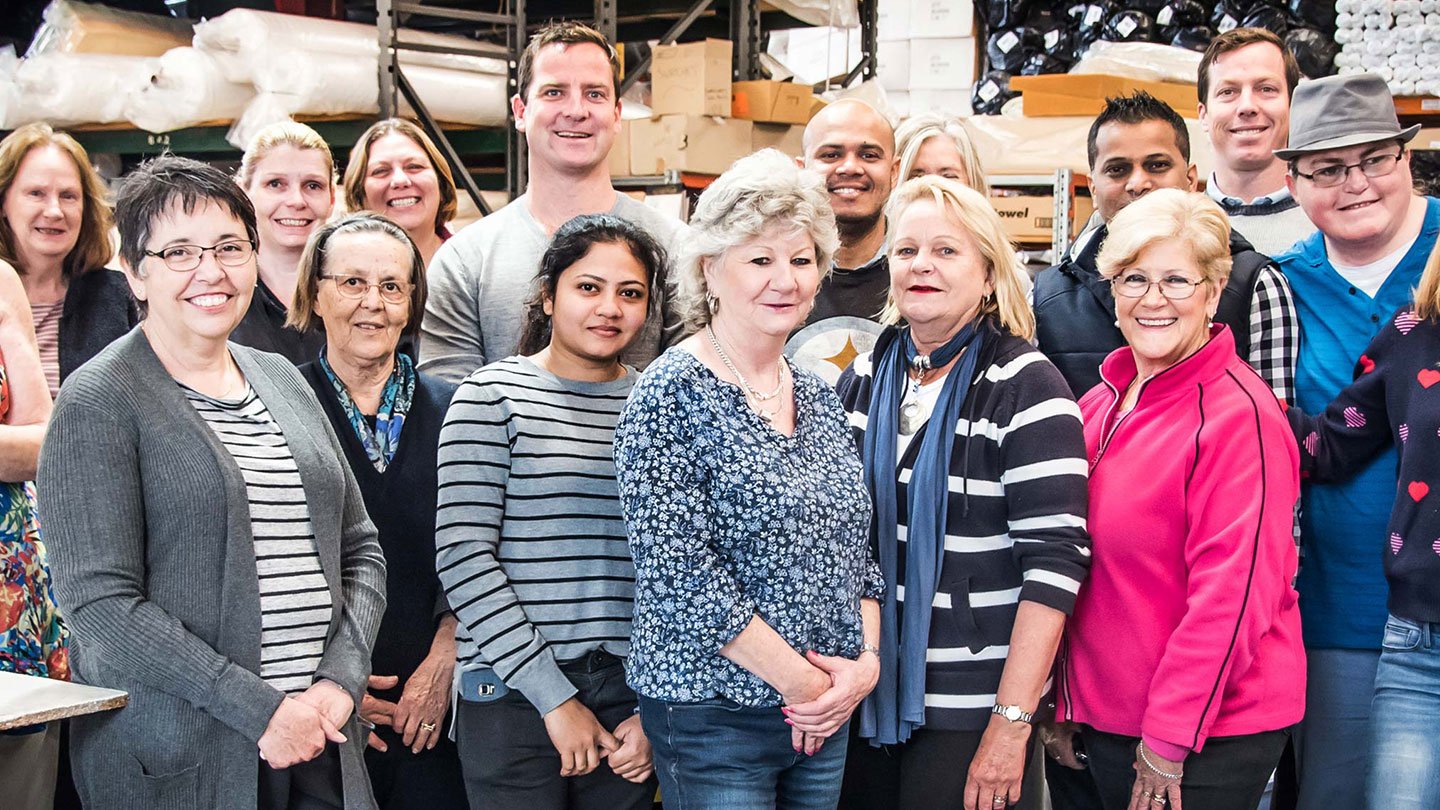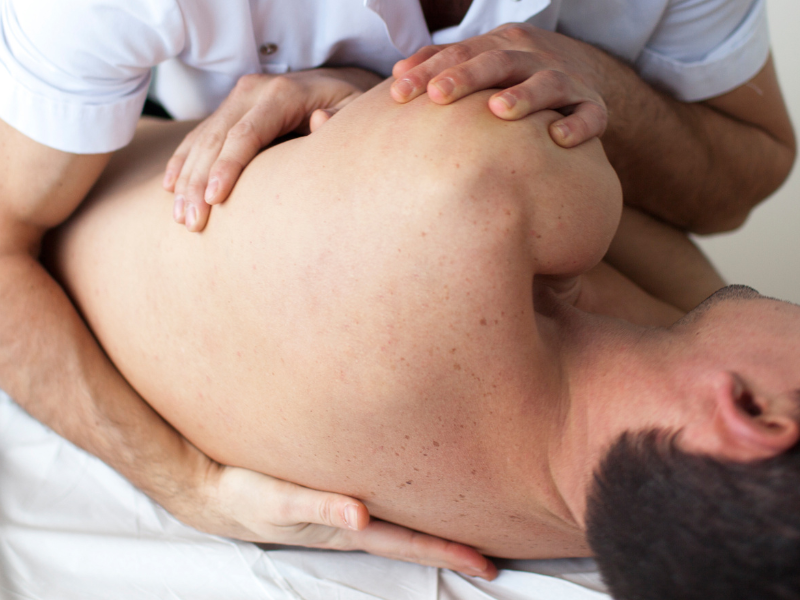Managing Haemorrhoids: Finding Relief when sitting for long periods of time
Imagine sitting in your office, glancing through the window at the bustling world outside, while you're tethered to your desk by an invisible cord of discomfort.
This discomfort isn't just a temporary inconvenience; it's a constant reminder of your battle with haemorrhoids, a condition that turns sitting into a challenge, whether at home, during a long drive, or amid a busy workday.
Living with haemorrhoids can be a sensitive and often uncomfortable experience. It's a condition that many might find difficult to discuss, even with healthcare providers, but understanding how to manage it and knowing when to seek medical advice is crucial for your health and well-being.
Understanding Haemorrhoids. What are Haemorrhoids?
Haemorrhoids, commonly known as piles, are swollen veins in the lowest part of your rectum and anus. The causes of haemorrhoids are varied but often linked to increased pressure in the lower rectum due to straining during bowel movements, sitting for long periods, obesity, or pregnancy.
They resemble varicose veins and can develop inside the rectum (internal haemorrhoids) or under the skin around the anus (external haemorrhoids). Symptoms may include pain, discomfort, swelling, and even bleeding during bowel movements.
How do you determine you have a haemorrhoid problem?
Haemorrhoids, those unwelcome visitors, can sometimes make their presence known quietly, yet assertively. Recognizing them involves noticing their symptoms: discomfort, itching, and maybe even pain in your lower rectal area.
If you suspect you're experiencing haemorrhoids, a gentle approach starts at home with self-care: think of dietary adjustments to ensure smooth and regular bowel movements—more fibres, fruits, and an ample intake of water. Good hygiene in the area and avoiding prolonged sitting or straining can also make a significant difference.
When it comes to a more formal diagnosis, it's usually straightforward. A visit to your healthcare provider might involve a simple physical examination. For those unseen, internal guests, procedures like an anoscopy or sigmoidoscopy might be suggested, allowing a closer look at what's happening inside.
More than discomfort. When to seek professional help...
However, the journey doesn't end with diagnosis. Sometimes, despite our best efforts, haemorrhoids can persist, raising the flag for professional medical advice. If you find yourself facing severe discomfort, or if there's significant bleeding, it's important not to hesitate. These signs are your body's way of asking for help, and reaching out to a healthcare professional can provide you with the relief and care you need.
Treatment options vary from simple, over-the-counter remedies to more advanced procedures for those stubborn cases. Remember, seeking help is a sign of strength, not discomfort. It's about taking control of your health and comfort, ensuring you're not walking this path alone.
Haemorrhoids might be a delicate topic, but your comfort and well-being are paramount. With the right knowledge and support, managing this condition becomes a journey of care, understanding, and ultimately, relief.
The Impact of Prolonged Sitting
For individuals with haemorrhoids, prolonged sitting can exacerbate discomfort and pain. The constant pressure on the pelvic and rectal areas can worsen the symptoms, leading to significant discomfort and impacting the quality of life. Thus, finding effective solutions to manage this condition is essential, especially for those whose lifestyle or work demands extended periods of sitting.
Ring Cushions for Haemorrhoids pain relief
A ring cushion functions by providing a supportive yet soft structure that reduces pressure on critical areas susceptible to pain, such as the coccyx, tailbone, and perineum. Its unique doughnut shape creates a comfortable void that ensures the affected areas do not bear the full weight of the body when seated. This design significantly diminishes direct pressure on haemorrhoids, allowing for better blood flow, reducing swelling, and minimizing pain. Consequently, for those suffering from haemorrhoids, the cushion facilitates a more comfortable sitting experience, enabling them to engage in daily activities or remain seated for longer periods without exacerbating their condition.

Why Choose the Thera-Med Ring Cushion?
Living with haemorrhoids requires more than just temporary fixes; it requires a proactive approach to comfort and health. The Thera-Med Ring Cushion offers a practical and effective solution, providing relief and support where it's most needed. By choosing this cushion, you're not just opting for comfort; you're taking a significant step towards managing your haemorrhoids and improving your quality of life.
- High-Density Latex Composition: The cushion is made from high-density latex, ensuring it can withstand significant load-bearing pressure without losing its shape or support. This material choice is critical, offering a balance between firm support and soft, comfortable moulding to the body.
- Donut Ring Shape Design: The unique doughnut ring shape of the cushion conforms to your body, providing tailored support that significantly reduces pressure on sensitive areas. This design ensures the elimination of discomfort in the coccyx and perineum area, fostering a healing environment for those recovering from surgery or childbirth.
- Sustainable and Hypo-Allergenic Material: Made from single-piece, puncture-proof natural latex, the Thera-Med Ring Cushion is non-toxic, biodegradable, and hypoallergenic. It represents a sustainable choice that caters to the well-being of both the user and the environment.
- Versatility and Portability: Ideal for use at home, in the car, office, or wheelchair, and suitable for hospitals, maternity units, and nursing homes, this compact and lightweight cushion is easy to carry, ensuring you have access to comfort wherever you go.
Why Latex is the Ideal Material for Ring Cushions
Latex stands out as the best material for ring cushions due to its unique combination of durability, support, and comfort. Its high density provides the necessary support to alleviate pressure points, while its pliability offers comfort that adapts to your body shape. Furthermore, latex's natural properties make it an excellent choice for those with allergies or sensitivities, offering a hypo-allergenic solution to seating discomfort.
The Challenge of Prolonged Sitting: Navigating Everyday Environments
In our modern lifestyle, prolonged sitting has become an almost inevitable part of daily routines, particularly for those battling with haemorrhoids. This section delves into common environments where extended sitting periods can pose a challenge, emphasizing the importance of finding effective management strategies for haemorrhoid discomfort.

At the Office: The Professional’s Predicament
For many professionals, the office environment is synonymous with long hours spent seated at a desk. Meetings, deadlines, and hours of computer work can significantly increase the time one remains stationary. This sedentary lifestyle puts continuous pressure on the pelvic region, exacerbating haemorrhoid symptoms. Creating an ergonomic workspace that includes standing desks or encouraging regular breaks for movement can mitigate some of these effects, offering relief and promoting better circulation.
The Home Office: Comfort in Disguise
The rise of remote work has transformed the home into a workspace, where the lines between comfort and necessity blur. Sitting on soft couches or in an improperly set up home office can contribute to poor posture, further aggravating pelvic pressure and haemorrhoid discomfort. Investing in a supportive chair or a therapeutic seat cushion like the Thera-Med Ring Cushion can make a significant difference, transforming a space of discomfort into one of relief.
Long Commutes: The Traveler’s Trial
Whether it’s the daily commute or long-distance travel, extended periods in a car, bus, or train seat can be particularly challenging for those with haemorrhoids. The lack of movement and the pressure from hard or poorly designed seats can intensify symptoms. Utilizing a portable ring cushion during commutes can provide the necessary support and reduce pressure on sensitive areas, making travel more bearable.
Leisure Time: The Hidden Challenge
Even during leisure activities such as watching TV, reading, or dining, prolonged sitting can sneak up on us. These moments, meant for relaxation and enjoyment, can instead become periods of dread for individuals with haemorrhoid discomfort. Strategic use of supportive cushions and making an effort to shift positions or stand periodically can help manage symptoms and enhance the quality of leisure time.
Haemorrhoids can be a challenging condition, but with the right tools and knowledge, managing them becomes significantly easier. Choose a Thera-Med Ring Cushion, a sustainable and effective solution for those seeking relief from haemorrhoids and related conditions.
Yes, prolonged sitting can increase pressure on the pelvic and rectal areas, exacerbating haemorrhoid symptoms and discomfort
 0
0 0
0The TheraMed Ring Cushion provides supportive and comfortable seating that reduces pressure on sensitive areas, offering relief from haemorrhoid discomfort.
 0
0 0
0Yes, it is ideal for home, office, car, and even wheelchair use, providing versatile relief in any sitting situation.
 0
0 0
0Haemorrhoids are swollen veins in the rectum or anus, similar to varicose veins. They can cause discomfort, pain, and bleeding.
 1
1 0
0If you experience severe discomfort, significant bleeding, or if symptoms persist despite home care, it's important to seek professional medical advice.
 1
1 0
0









